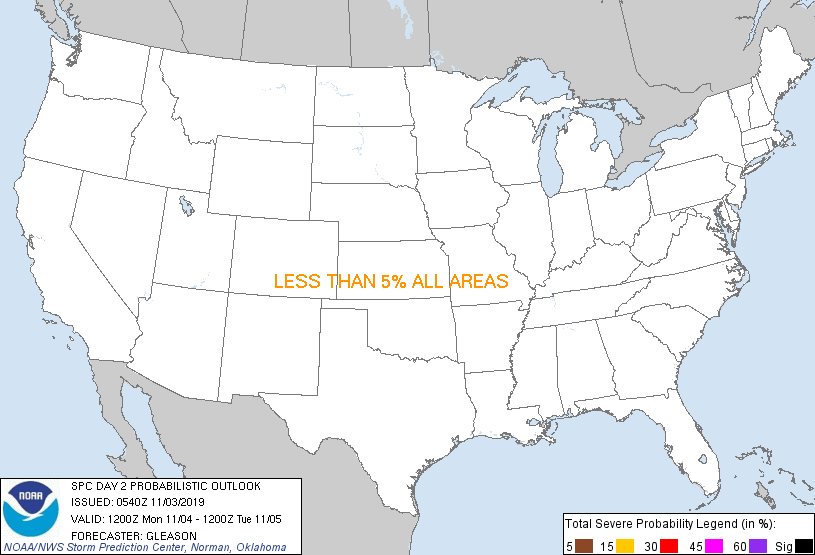That can't be right. This might be part of the reason why we are seeing cape underforecated this season and the ongoing mesonet issue; Capes are going to be plenty high...that's not an issue here. Now the dry/warm air at the 850 mb or basically, a cap...might be an issue, but plenty of potential cape aboveThe 0z NAM run in general seems extremely off. It plummeted the surface temps for some reason and the warm front is almost down on the coast at the beginning of the day, and I can't find a meteorologically sound reasoning as to why..
Last edited:






